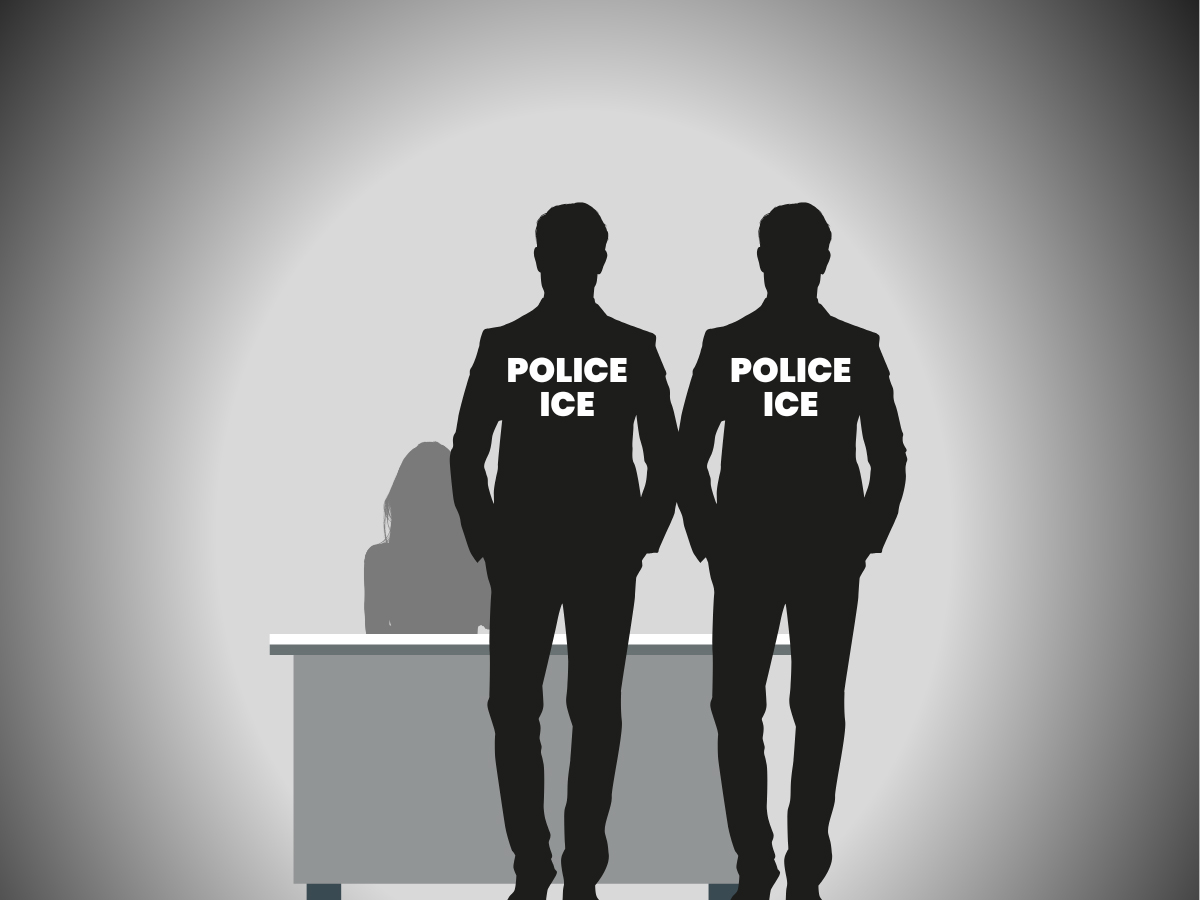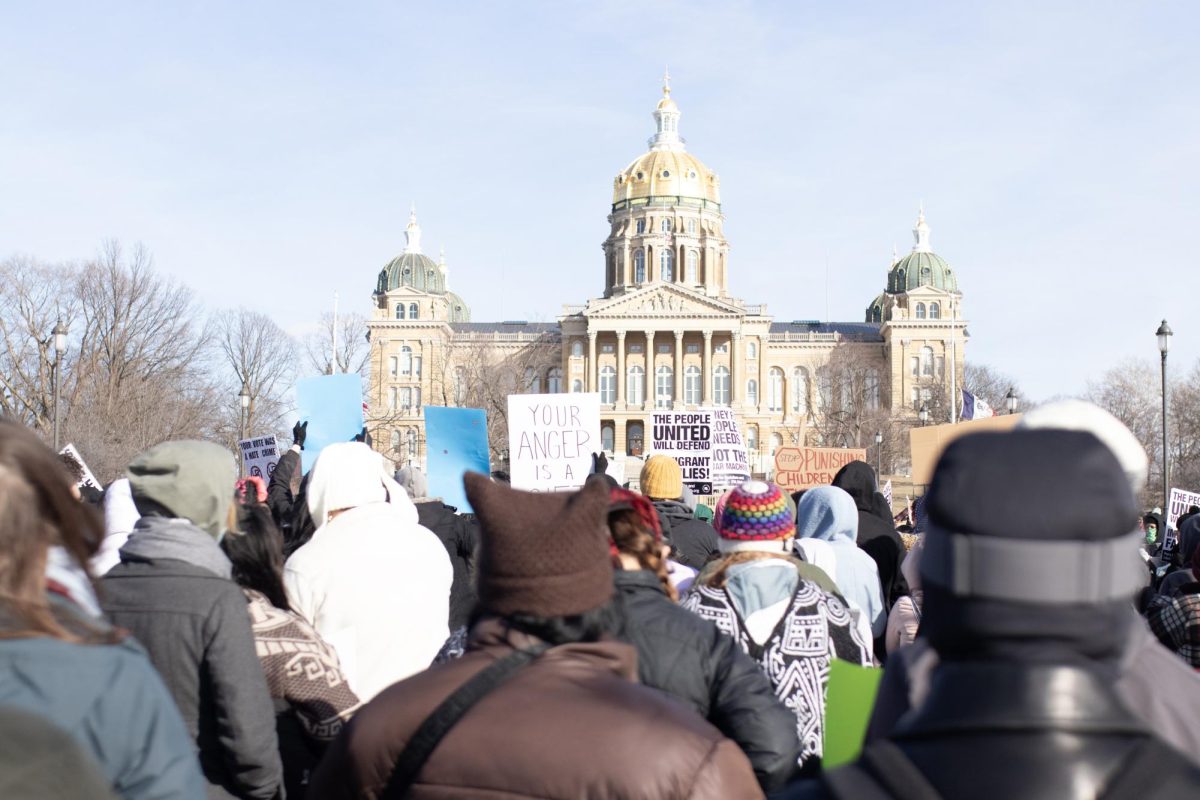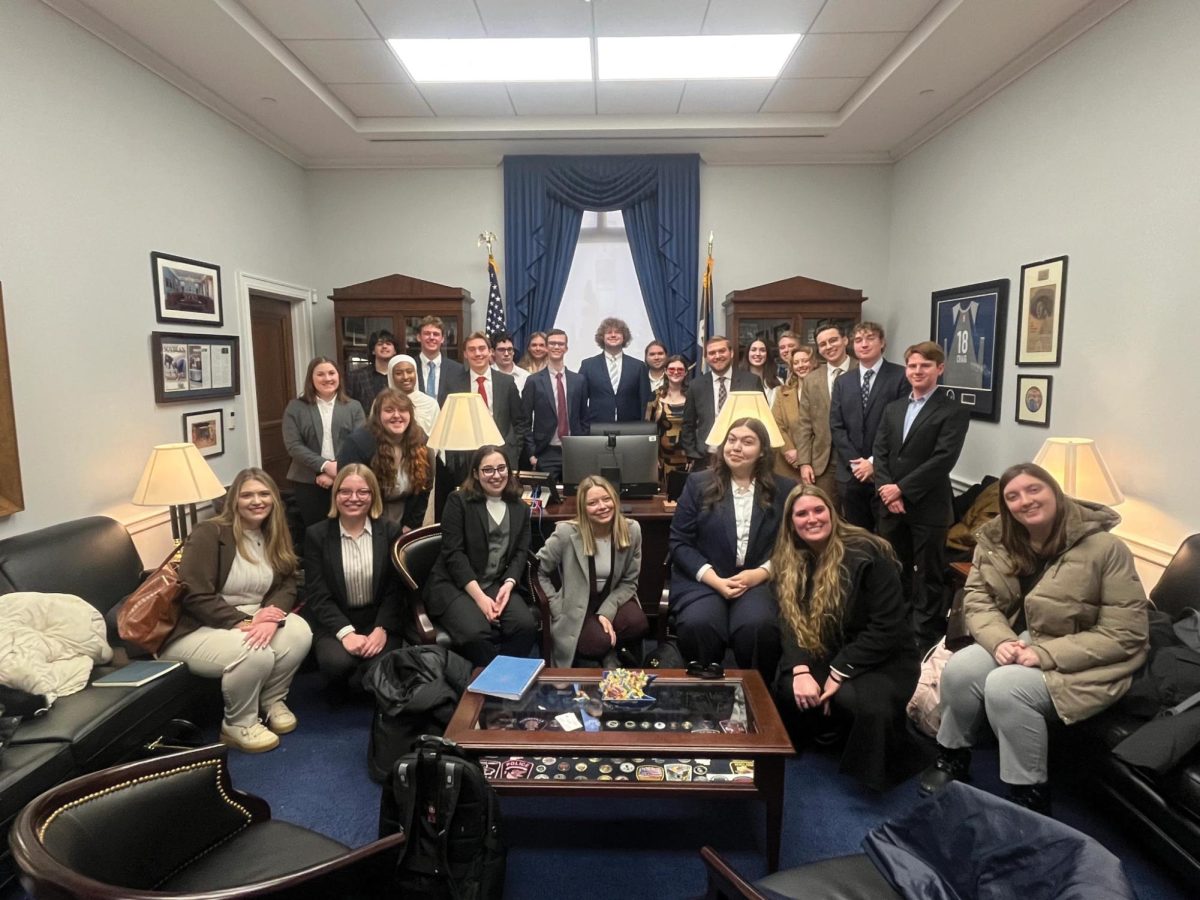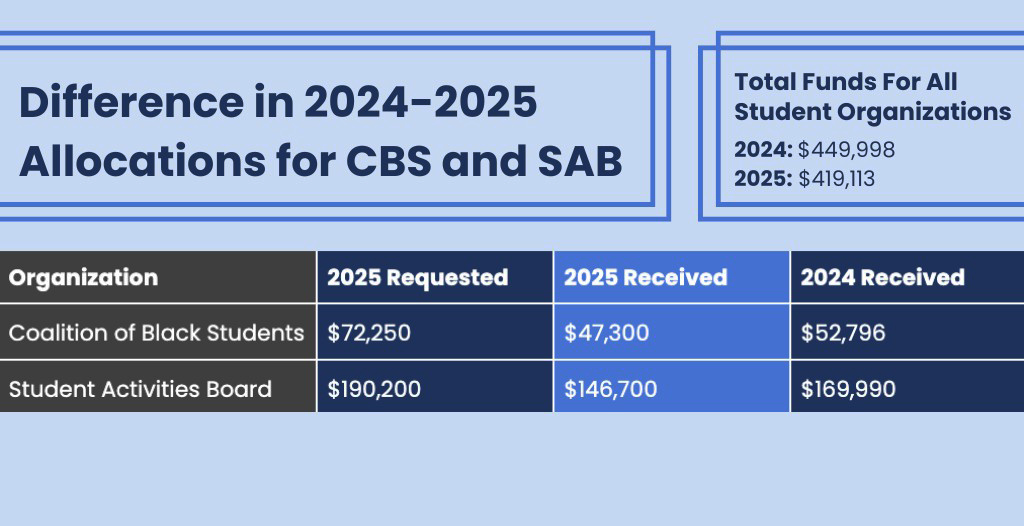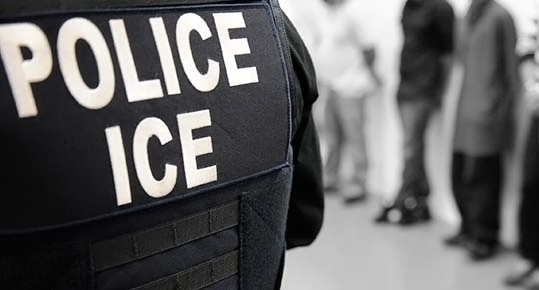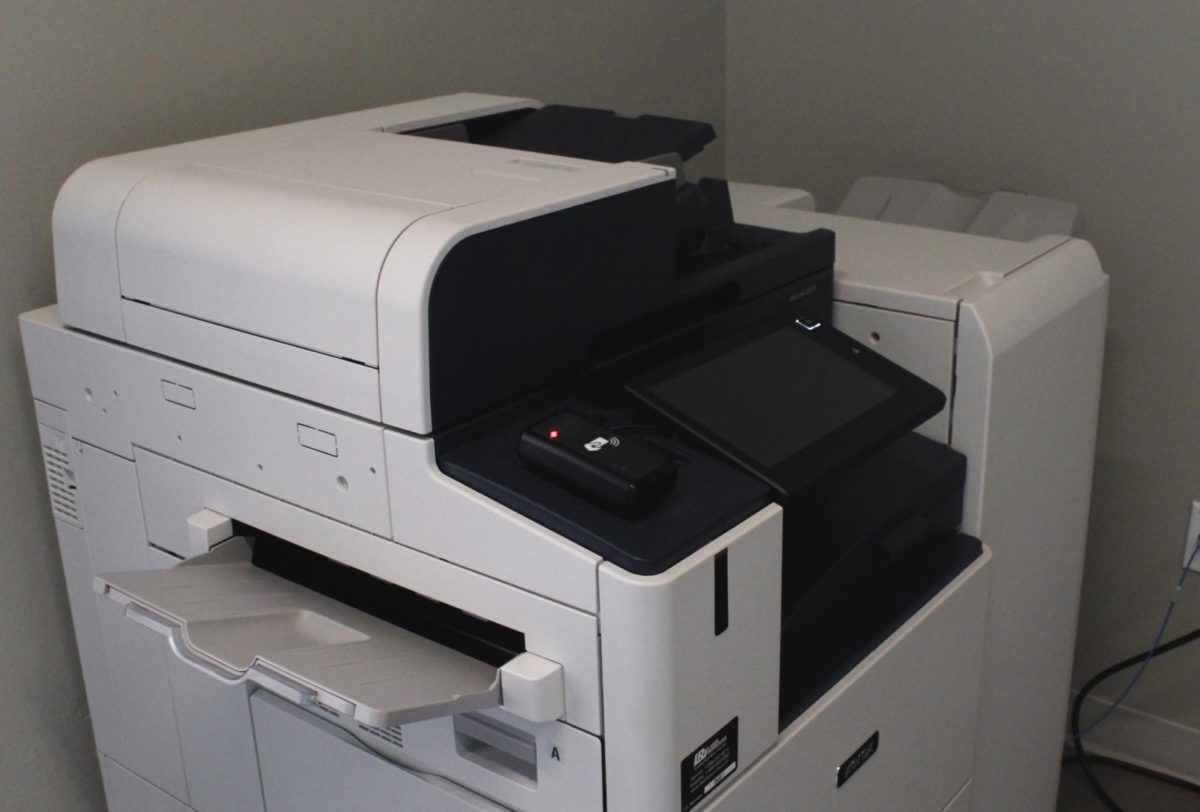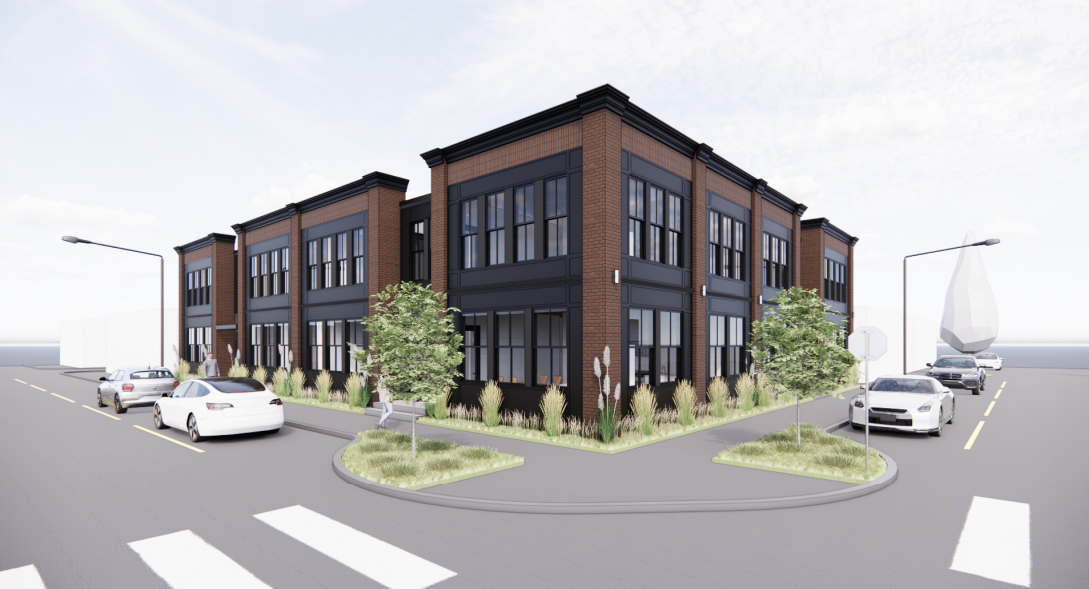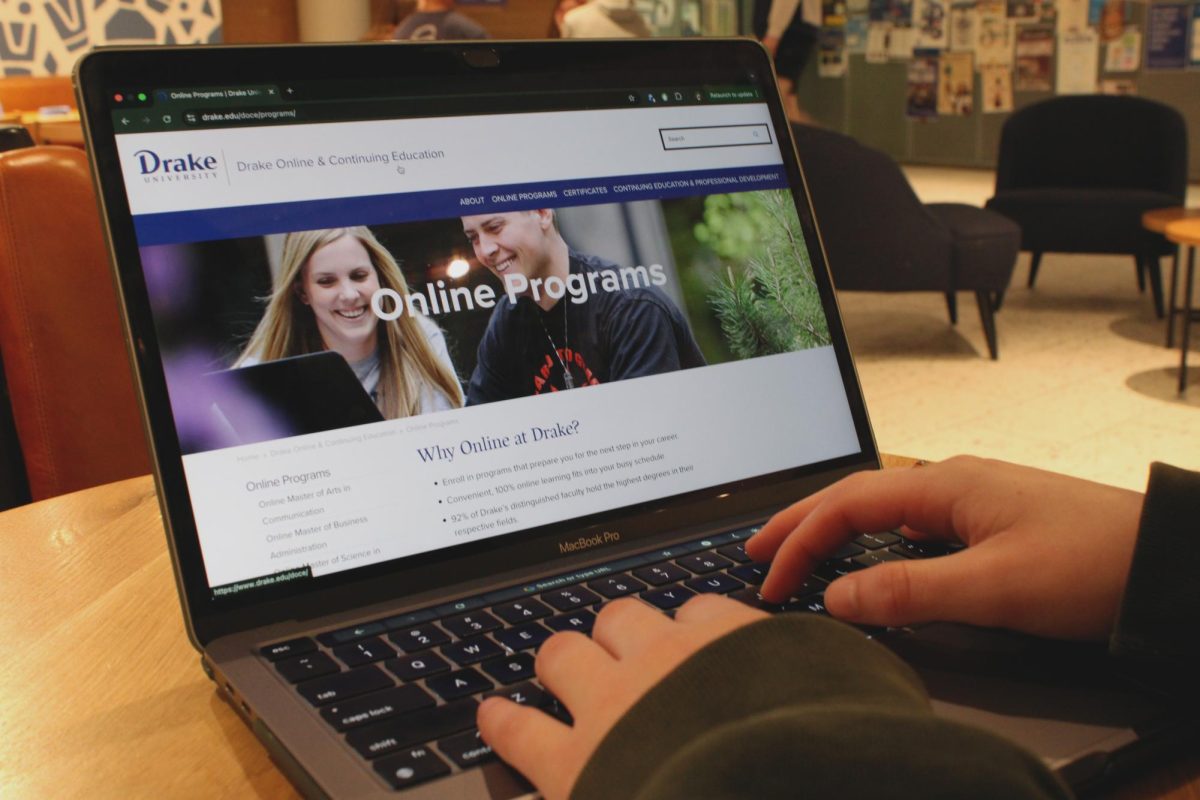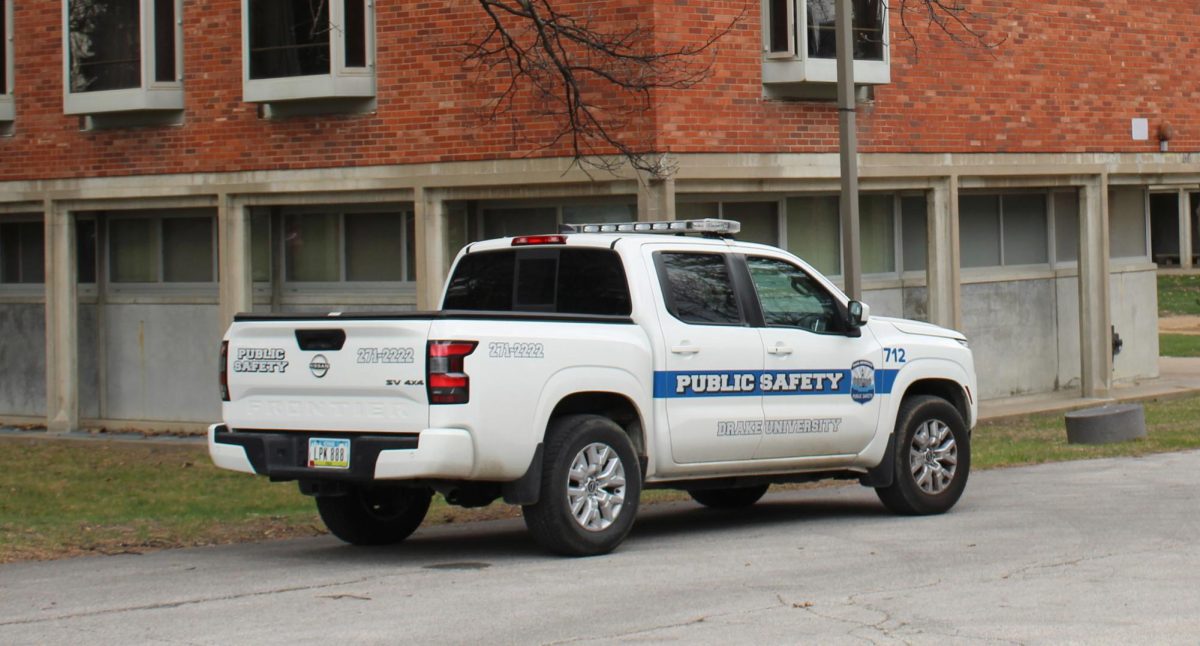During his first week in office, President Donald Trump signed executive orders to expand immigration enforcement in the United States. Following these recent changes, Immigration and Customs Enforcement officers are now permitted to conduct arrests in a variety of previously exempt locations, including schools.
As a private institution, Drake has areas that are open to the public, such as Cowles Library. Law enforcement officers can enter these spaces at any time. However, they can only access restricted access buildings — such as residence halls — with a criminal arrest warrant or search warrant.
Earlier this month, Drake sent faculty and staff — including student workers — instructions via email detailing the University’s procedure in the event that local, state or national law enforcement officers come to campus seeking access or information or with a warrant.
“In light of recent news of enhanced law enforcement efforts across the country, particularly as it relates to immigration enforcement, we received questions from faculty and staff about what to do should law enforcement come to campus,” Chief Administration Officer Venessa Macro said. “The recent communication was sent in an effort to be responsive to these questions.”
If external law enforcement like ICE arrives on campus, the procedure is for University workers to immediately contact Drake Public Safety. Public Safety will then contact an authorized representative — Executive Director of Public Safety and University Operations Scott Law, Vice President Jerry Parker, Macro or Executive Director, Human Resources Erica Kluver — Law said. Public Safety would then dispatch an officer to wait with the external law enforcement until that designated individual arrives. These representatives can also contact University attorneys if they feel it is necessary.
The email also encourages faculty, staff and students to stay calm and professional in these situations.
“We understand that people are sometimes intimidated when law enforcement comes in,” Law said. “We want to make sure that [those who received the email communication] understood, ‘Here’s the procedure, here’s what we should do and this is how you go about reaching someone if you need help.’”
The University’s procedure for interacting with external law enforcement on campus was an existing policy. Public Safety serves as a liaison between outside law enforcement and the campus. This has been Drake’s policy since before Law began his role, he said. Macro drafted this communication in consultation with Law and other members of the senior leadership team.
“These policies and procedures have been in place for several years, but it was important to once again issue them to campus given the increased attention on immigration enforcement,” Macro said. “While the substance is largely unchanged, we did develop additional resources, such as the frequently asked questions document.”
The frequently asked questions document addresses when law enforcement can access campus buildings and nonpublic areas and what faculty or staff should do if they observe law enforcement on campus.
This updated communication was drafted after both Law and Parker received calls from students and faculty asking what to do if federal law enforcement was present on campus.
“In discussion, we all thought it would be in everyone’s best interest to get something out to the entire campus to clarify, rather than to wait for it to come in piecemeal,” Law said. “There’s a lot of staff on campus.”
Law said this procedure is in place to ensure that Drake is following its legal responsibilities while also ensuring that what they are being asked to do is a lawful order and can be conducted without any violations.
“I think what’s important to keep in mind is that Drake wants to make sure that it complies with what it’s legally responsible to do, but that we’re also not jeopardizing the rights and privileges of any of our campus community,” Law said.

